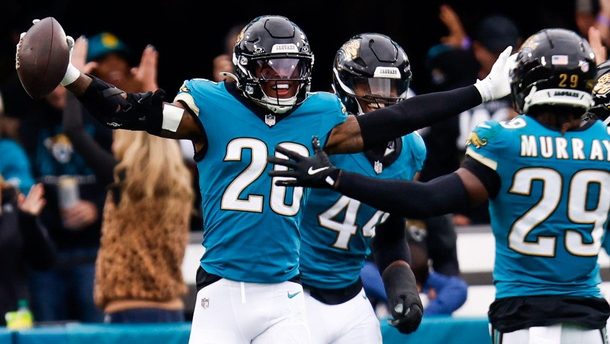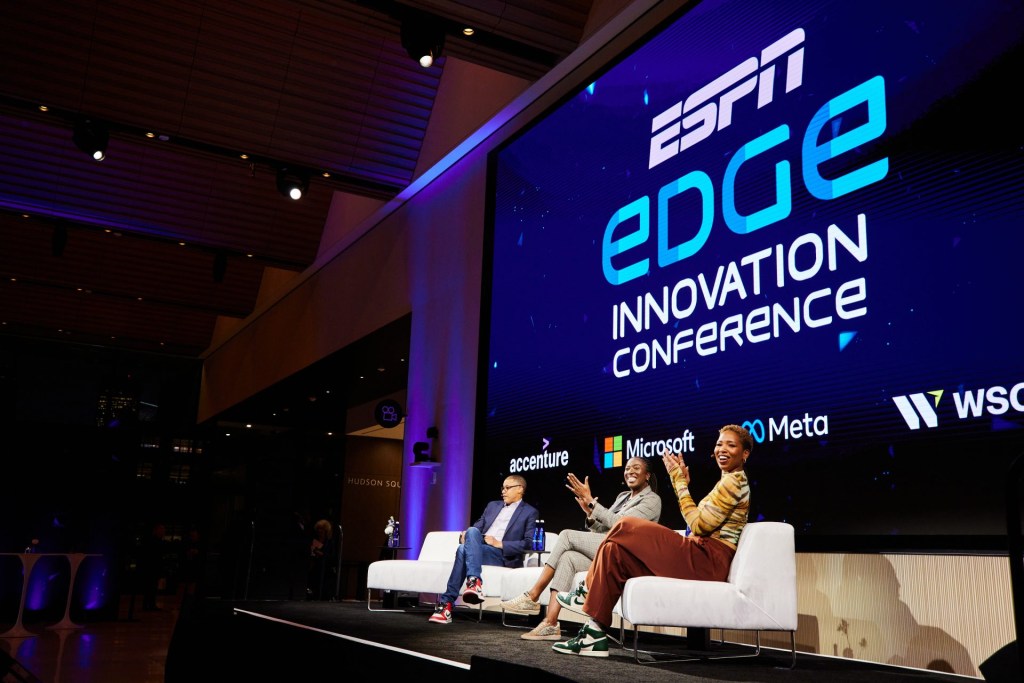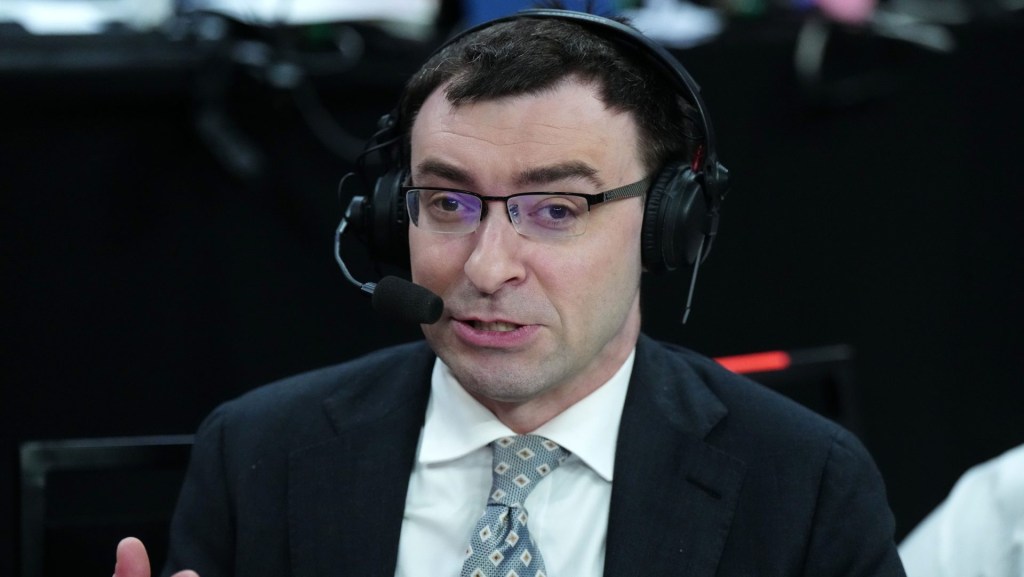Nielsen, the go-to provider for linear television ratings and viewership numbers, has updated its protocols to make a long-needed change from networks’ perspectives.
The company will now include “out-of-home” viewership in its totals, which include those who are watching in bars, restaurants and workplaces, for example. Some sports networks, like ESPN, had already subscribed to the company’s standalone out-of-home reporting service that launched in 2017.
That will mean a boost to viewership — by as much as about 10% in some cases, some early data has shown — which in turn could mean a boost to ad dollars for networks.
Some ad agencies are reportedly upset with Nielsen, as they will now have to pay for viewers they were essentially previously getting for free.
Last year, Nielsen rolled out plans to make the change in time for the fall 2020 TV season. But when the COVID-19 pandemic hit, the company said it would delay the move as most out-of-home viewing locales were closed.
Networks strongly objected, however, as they had already sold ads based on projected metrics that included OOH viewership. With the NFL season looming, that would have meant a major headache from reworking ad desks.
Several network executives told the Sports Business Daily that “most of their ad deals for the fall “place some sort of value on the OOH measurement.” Nielsen reversed its decision a day later and rolled out the metric on Sept. 1.
“This is a big deal for sports. Basically from the day I started at Fox the two things that were often talked about as potential game-changers for sports TV were legal gambling and out-of-home ratings. Now they’re both here,” Fox Sports EVP Michael Mulvihill said on Twitter Aug. 31. “We know from preliminary data that the OOH sports audience is younger, more female and more diverse than the in-home audience. Will that change how sports are valued? We’re already seeing huge impact to local MLB viewing among young people.”
Nielsen’s change comes as sports viewership numbers have become a major topic of conversation in the United States, where President Donald Trump has repeatedly posited that NBA player protests are driving away viewers. But there are a number of other explanations for some games seeing relatively low numbers, including that the bubble season has abnormal start times — games have been airing throughout the workday, rather than solely in primetime.
In the three weeks following the return of national broadcasts of live sports on July 23, over 500 marketers combined to spend $100 million on advertising. Of the 100 marketers whose ads appeared during NBA, MLB and NHL games prior to the pandemic, 83 returned in that timeframe.

















